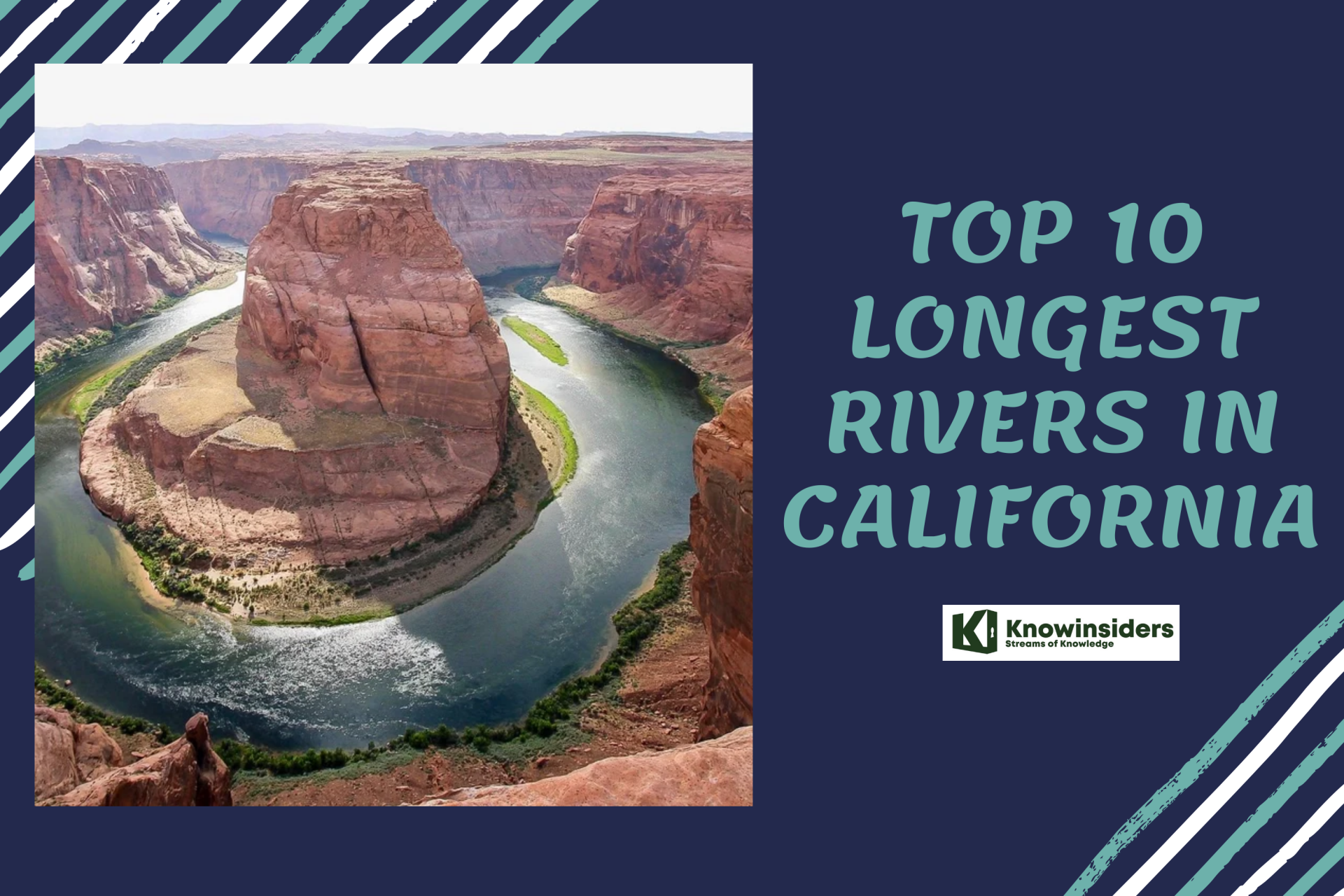Top 10 Most Polluted Rivers in the US That Make You Shiver
| Table of Contents |
Where does human waste mix with household chemicals, personal hygiene products, pharmaceuticals, and everything else that flows down drains in American homes and businesses? In the sewers. What happens when rain, pesticides, fertilizers, automobile chemicals, and rubbish pour off the streets and down gutters into the same sewers?
Sewage is backing up into people's basements. Sewage overflows into streets and parks. Sewage pours into rivers and streams. Every year, over 860 billion gallons of this foul concoction escapes drainage systems across the country. That is enough to submerge all of Pennsylvania ankle-deep. It is sufficient for every American to take one bath per week for a full year.
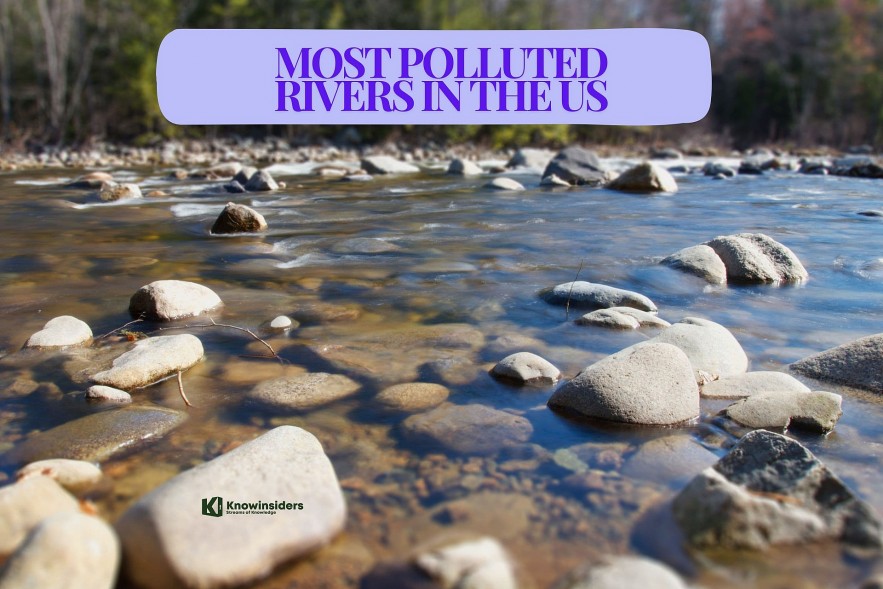 |
| Top 10 Most Polluted Rivers In The US Today |
What kind of pollution is endangering US rivers?
The EPA collects toxic release data from industries regulated by the Clean Water Act and subsequently publishes the Toxic Release Inventory. manufacture, metal mining, electric power generation, chemical manufacture, hazardous waste treatment, and other industrial sectors emitted 196 million pounds of dangerous chemicals into US rivers in 2021.
According to the EPA, food processing was the industry with the highest rate of water pollution in the country, accounting for 38% of all water emissions, almost all of which were nitrate compounds. This nutrient pollution can enhance algal production beyond what an ecosystem can handle, resulting in algae blooms that deplete oxygen levels, which marine life requires to exist.
Furthermore, the Waterkeeper Alliance conducted a landmark 2022 research of 114 streams in the United States, finding that 83 percent had at least one form of PFAS (also known as forever chemicals), which have been connected to a growing number of health issues.
READ MORE: Top 10 Countries with the Most Pollution in the World (Update)
How does river contamination in the United States occur?
Not every river in the United States is clean. While the country has an excellent track record of delivering safe and clean drinking water, many rivers in the United States are polluted. River contamination in the United States occurs through a range of sources and mechanisms. Some common causes of river contamination come from:
• Chemical manufacture, oil refining, and paper making are examples of industries that can dump pollutants into rivers, including heavy metals, chemicals, and toxic waste.
• Agricultural runoff: Modern agriculture adds to river pollution by overusing pesticides and fertilizers, as well as inefficient animal waste management. Pollutants wash off farms into surrounding rivers, harming aquatic life and potentially threatening drinking water supplies. Unfortunately, this is increasingly common with unsustainable agriculture techniques utilized in large-scale farming systems.
• Sewage discharge: Untreated or partially treated sewage is dumped into rivers on a regular basis, resulting in the presence of bacteria, various organic pollutants, and residues of medications in water.
• Stormwater runoff from roads, buildings, and other man-made structures can transport pollutants like oil, pesticides, and solid waste to waterways.
• Mining: The extraction of minerals and other resources from the soil causes the release of contaminants into neighboring waterways, including heavy metals and acid mine drainage.
• Climate change: Climate change can have an impact on river water quality by increasing the frequency of severe precipitation and flooding, which can wash pollutants into rivers and degrade their quality.
Pollution of rivers in the United States can have serious consequences for the health of the rivers and the populations that rely on them. The Environmental Protection Agency (EPA) and state environmental agencies are working to restrict the discharge of pollutants into rivers, clean up contaminated sites, and impose penalties on violators.
Where in the United States has the most polluted water?
The most polluted water in the United States is frequently found in areas with high industrial and agricultural activity. The Ohio River, the Mississippi River, and several rivers in the Rust Belt region are among the country's most contaminated bodies of water.
Which state has the dirtiest rivers?
Several states have a large number of contaminated rivers. Ohio, Kentucky, Indiana, and West Virginia are among the states with a high number of polluted rivers, primarily owing to industrial pollution.
Top 10 Most Polluted Rivers In The US Today
1. Snake River, Idaho
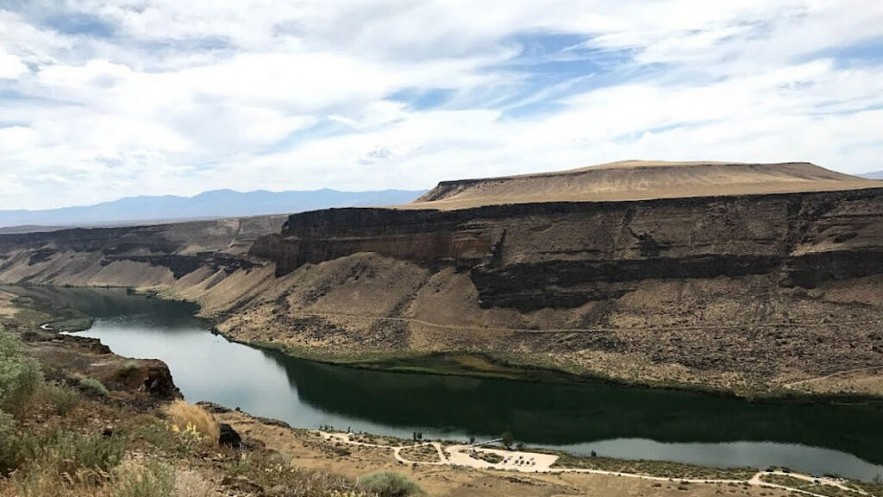 |
Salmon are one of the most popular fish among Americans. The Snake River is one of the rivers that produces an abundance of salmon. However, the river is losing salmon as a result of overfishing and violations of Native American rights.
The Lower Snake River features four federal dams, the most of which are contaminated, resulting in a critical lack of high-quality salmon. To sustain local culture and avoid salmon decline, various protection measures must be implemented, such as prohibiting fishing during the birthing season of young salmon fish.
2. Calumet River in Indiana
The Calumet River in Indiana has a long history of industrial pollution, which has poisoned the river and its surroundings with harmful chemicals and heavy metals. The Calumet River travels through a region that was formerly home to major industry, such as steel mills, petrochemical refineries, and chemical facilities, all of which dumped pollutants into the river over time.
These pollutants have contaminated the river's sediments, causing health problems for nearby communities.The Lower Missouri River.
Climate change is a pressing issue in the modern world. Climate change has a negative impact on waterways as well. The Lower Missouri River is contaminated as a result of inadequate river management, and climate change has exacerbated the problem.
This river is a crucial artery of the Great Plains and so plays an important role in the American economy. The main reason of pollution in this significant river is because its channels have been altered numerous times. The enormous dam in the upper basin is producing periodic flooding, exacerbated by climate change.Unities and wildlife.
3. Anacostia River in Maryland
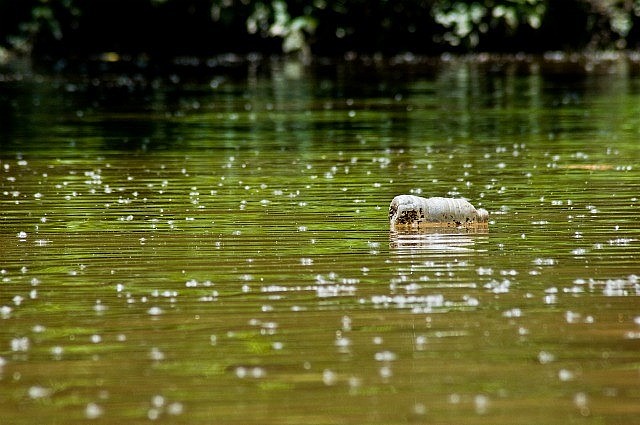 |
The Anacostia River in Maryland has a long history of pollution from different sources, including rainwater runoff, sewage, and industrial waste. As a result, the river is frequently referred to as "DC's Forgotten River."
One of the most serious challenges facing the Anacostia River is raw sewage. During rainstorms, the city's old combined sewer system dumps untreated sewage into the river. Massive fish deaths are known to occur because of the hypoxic conditions produced by the presence of fecal coliform bacteria brought into the river through these sewage discharges.6
4. South River in Atlanta
Georgia's major river is the South River, which is suffering from sewage contamination. The river flows from streams and creeks in Atlanta, but it has been plagued by sewage contamination for decades. This not only chokes the river's living organisms, but it also jeopardizes the quality of life in the surrounding villages.
This river's waters have a long history of environmental injustice by excreting sewage waste. To safeguard the towns along the South River and secure its survival, the government must enact new protection legislation.
5. Tar Creek in Oklahoma
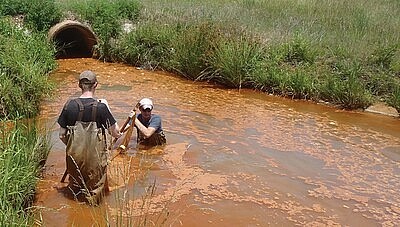 |
Pollution from the Tar Creek Superfund Site raises the red flag of hazard on Oklahoma's Tar Creek. This river is unique in that it contains one of the richest grasslands in the country; yet, heavy metal mining has contaminated the creek.
Local communities, along with indigenous people, have opposed the serious contamination caused by the Superfund sites. The Environmental Protection Agency of America should devise a method to prevent pollution and protect the river and the populations that live on it.
6. Tennessee River
The Tennessee River, which serves as a lifeline for many cities, is severely polluted. Chemical toxins seep into its waters, endangering water quality and aquatic life. The repercussions are far-reaching, posing health problems for individuals who rely on the river for drinking water.
Ecosystems near the Tennessee River suffer as well, with changes to the natural equilibrium. Pollution casts a shadow over this once-pristine river, necessitating immediate attention and action to ensure its survival.
7. Harpeth River, Tennessee
Harpeth River is one of the most polluted rivers in the US.
The Harpeth River's fight against pollution takes an unusual form: algal blooms and sewage contamination. As metropolitan areas grow, so do sewage imports, which provide nutrients for algae growth. Adapting to these changes presents challenges for the river's fauna and ecosystems.
These algal blooms have far-reaching consequences, affecting water quality and the river's rich vegetation and fauna. The Harpeth River narrative serves as a reminder of the delicate interaction between human activity and nature's response, as well as lessons in environmental management.
8. Lower Passaic River in New Jersey
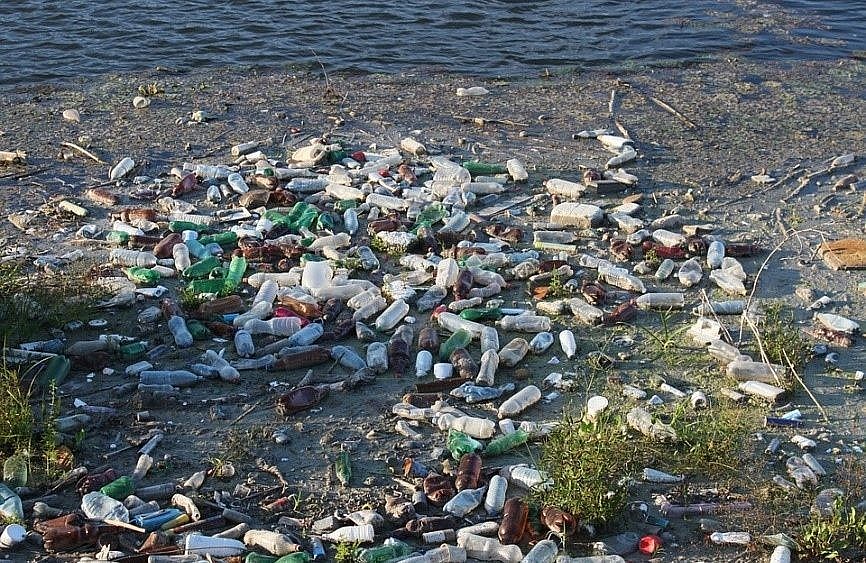 |
The Lower Passaic River in New Jersey contains a range of industrial contaminants, including dioxin and polychlorinated biphenyls (PCBs).
Dioxins are a class of toxic compounds that are byproducts of industrial operations that can harm both human health and the environment. PCBs are a class of chemicals that were widely employed in industrial and commercial applications, including electrical equipment and coolants, until being prohibited in the 1970s due to their toxicity.
Several industrial enterprises dumped dioxins and PCBs into the Passaic River over many decades. These pollutants have accumulated into the river's sediments and have been confirmed to be at hazardous levels.
9. Duwamish River in Washington State
The Duwamish River in Washington state is another extremely polluted river in the United States. The river passes through Seattle's industrial area and is contaminated with various industrial pollutants and sewage.
Historically, industrial operations such as shipbuilding, metal fabrication, and chemical manufacture have had a significant impact on the river, releasing pollutants into it. In addition, sewage has been routinely discharged into the river.
Stormwater runoff from roads, buildings, and other human-made structures can convey pollutants into the Duwamish River, including oil, pesticides, and solid waste. The river bottom contains highly filthy sediments that must be removed. River pollution poses a significant risk to human health due to a mix of harmful substances including polychlorinated biphenyls (PCBs), arsenic, carcinogenic polycyclic aromatic hydrocarbons (cPAHs), dioxins, and furans.
10. Los Angeles River, California
The Los Angeles River is one of the most polluted rivers in the United States, with a long history of pollution caused by fast industrial and population growth in Los Angeles. Because the river passes through a densely populated area, its waters have been contaminated by a variety of pollutants, including urban runoff, sewage, and industrial waste.
With lengthy stretches of concrete floors and walls, illegal dumping, and other contaminants, the river is no longer a natural home for wildlife.
Conclusion
In this post, we discussed the numerous sources of pollution and the issues that each river suffers as a result of pollution. Despite attempts to reduce pollution levels in many of these rivers, much more work remains before they can be called remediated.
 How Many Rivers Are There In The US: Over 250,000 How Many Rivers Are There In The US: Over 250,000 Do you know how many rivers does the US have? What benefits do rivers bring us? What is the longest and shortest river in the ... |
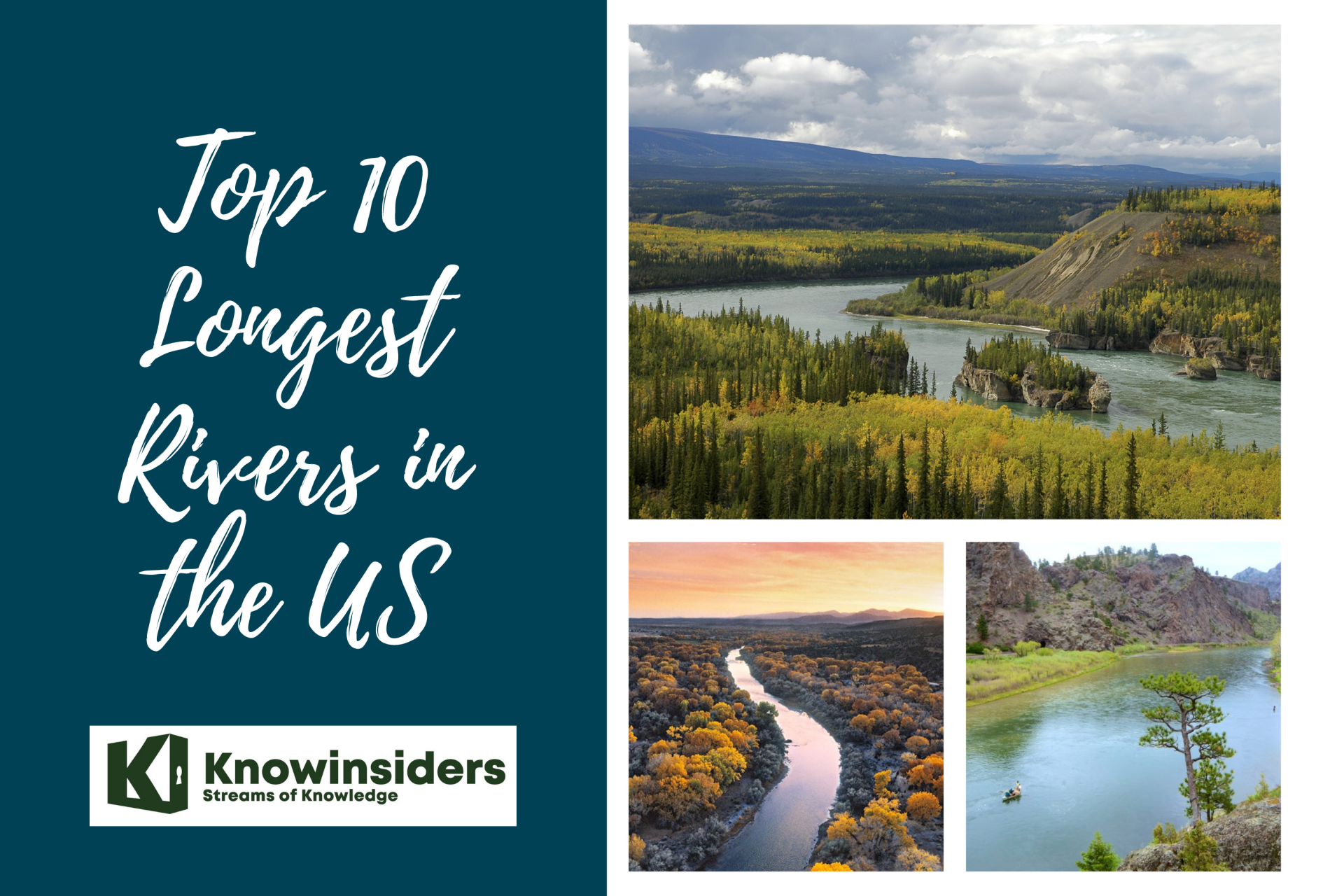 Top 10 Longest Rivers in the United States Top 10 Longest Rivers in the United States The US has an abundance of rivers that are not only long but also with beautiful sceneries. Check out the 10 longest and most beautiful ... |
 What are the Longest Rivers in Australia - Top 10 What are the Longest Rivers in Australia - Top 10 Australia may not be renowned for its rivers, but it does have a number of important ones. See the list of Australia's ten most exquisite ... |
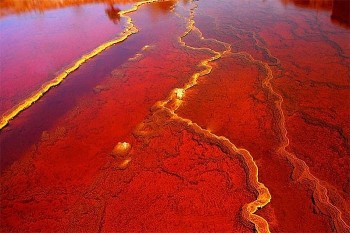 The World's Top 5 Riskiest Rivers: Hidden Beneath Scenic Beauty The World's Top 5 Riskiest Rivers: Hidden Beneath Scenic Beauty Each of these rivers is exquisite, serene, and serene, but beneath their beauty lies danger. |


